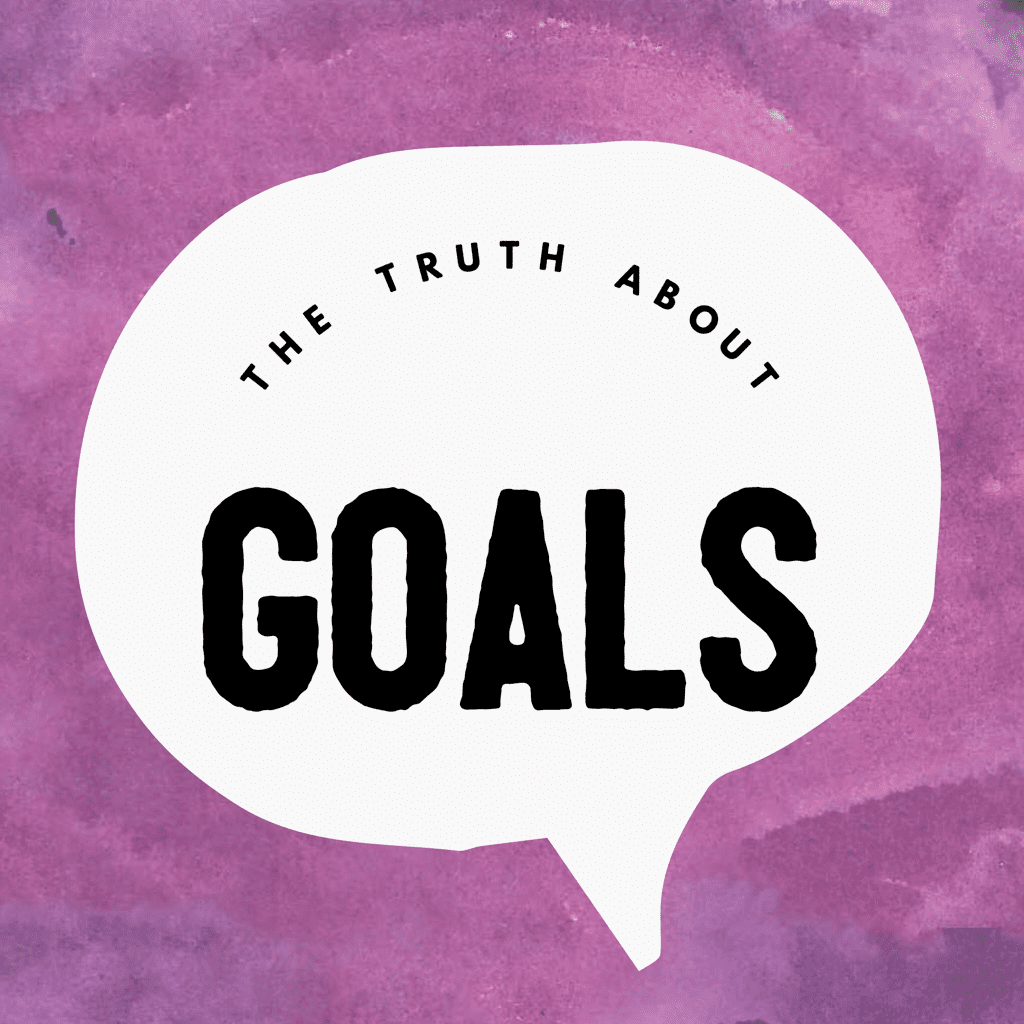|
Having a goal doesn't mean anything if you don't have a plan. Having a plan without realistic expectations can lead to disappointment. Here are 5 tips:
1. Be specific. Instead of saying I want to lose weight, clarify how many pounds, when you will workout, what workouts, what meal plan, and who will help you. 2. Find a healthy way to measure success. For instance, the scale can be a big fat liar, so pic non-scale items like circumference inches, size of pants, how consistent your workouts and nutrition were. 3. Make sure it's attainable. It's great to say you want to lose 40 lbs, but not very realistic to say you want to lose 40 lbs by April. The average pounds lost in a week is 1-2, so that would mean you would need a minimum of 20 weeks to lose the weight. Adjust accordingly. 4. Is this realistic? It's all fine and well to say that you want to workout an hour a day, 6 days a week, but really, is it? Start with something smaller and create consistency and success, then increase if you can. The recommended activity for us is 5 days a week, 30 minutes a day of moderate activity. 5. Set a timely goal. Just like being attainable and realistic, set a timeline for yourself ensures you work for it. We all do better with something at stake, so setting small goals and attaining them will be better for the long haul. Example, you want to lose the above mentioned 40 lbs. Set a goal for January to workout 5 times a week. Eat 5 healthy meals a day. Scale goal will be to lose 5 lbs by January 31. Non-scale goal to have checked off all those workouts by the end of the month.
3 Comments
2/1/2024 02:40:57 am
The NES (Nintendo Entertainment System) controller has a total of 6 buttons, excluding the d-pad and start button. These buttons include A, B, Select, Up, Down, Left, and Right.
Reply
2/1/2024 02:41:13 am
The left lever on a handlebar typically operates the clutch on a motorcycle. In the context of bicycles, it often controls the front or left brake. However, the specific functions can vary depending on the type of vehicle.
Reply
Leave a Reply. |
Archives
November 2017
Categories
All
|

 RSS Feed
RSS Feed